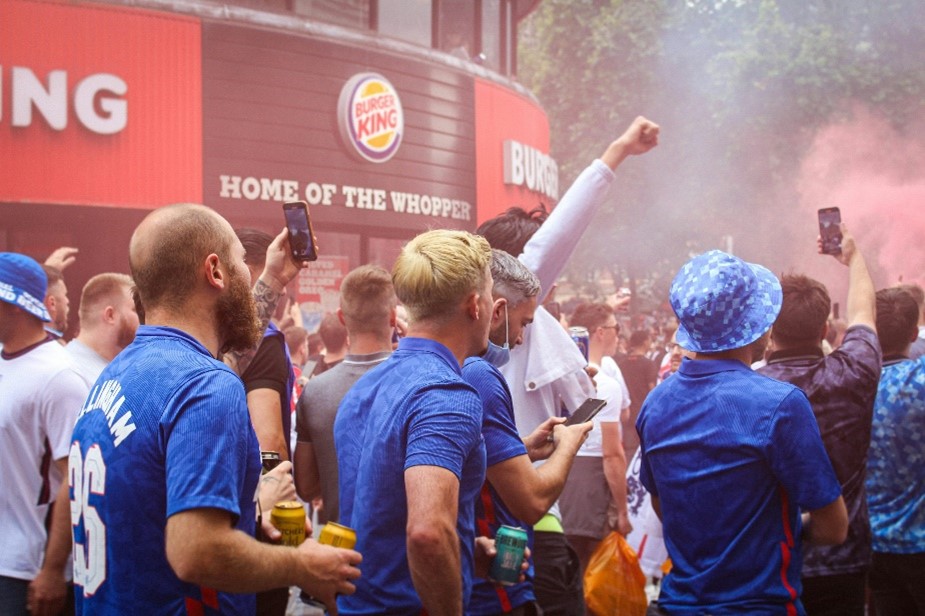While a big, flashy, all-singing, all-dancing campaign is something that a lot of brands aspire to, often the purse strings can prevent these dreams from coming to life. However, that doesn’t mean that brands can’t run hugely successful campaigns on a smaller budget.
In fact, utilising data can be a highly effective method to form the basis of a brilliant and low-cost campaign.
Here, Emily Boswell, senior account manager at Hatch shares three ways that brands can use data for a successful campaign when the purse strings are tight.
-
Use your own data
What’s cheaper than the data you already have at your fingertips? Whether it’s sales data which shows clear trends, or utilising your CRM database to run a survey, your owned data should always be your first port of call.
The most famous example of a campaign using owned data is Spotify Wrapped, which absolutely dominates social media for about 48 hours every December.
The campaign itself is so simple – using its own data to identify the most streamed songs and albums nationally, but also for each individual. And it’s this personalisation that makes it such a success, as users take to their Instagram stories to share their most listened-to artists and songs of that year.
-
Rank by a bespoke algorithm
A great idea for a low-budget campaign is to consider whether there is a bespoke algorithm you can create to measure a specific factor – from which UK cities are the friendliest to the ultimate age to start a family.
One example of this is Post Office Travel Money’s annual City Costs Barometer, which compares the cost of a short break in various European cities. The algorithm used for this campaign considers the cost of 12 specific items, which include accommodation, meals, transport and cultural attractions. The results then provide a ranking of the top 10 best value city breaks, which each year receives widespread national coverage.
You’ll need to allocate a good chunk of time for conducting the research, but all of the data itself is free, and by creating your own algorithm, your brand will have complete authority over the data.
-
Identifying hotspots
Another data-based campaign that always resonates well with consumers is to identify ‘hotspots’ for certain factors. Which UK city is the tightest? Which beaches are the best for sunbathers? Which bars/restaurants have the best views? The possibilities are endless for these types of campaigns!
One recent example is when Lixir Drinks recreated a map of the tube for International G&T Day, documenting where to get the cheapest gin and tonic near a central tube station.
All the brand had to do was Google Map the closest pub to each tube station in Zone 1, before phoning each pub to ask the price of their cheapest G&T. And voila!
The story proved very popular with the press, being covered by the likes of Evening Standard and Secret London.
-
Coining a new calendar occasion
Creating a new date for consumers’ calendars can be a great way of generating coverage for your brand – whether it’s pinpointing the most or least popular date of the year for a specific activity or simply identifying the best day of the week for a certain event, this helps to create a topical hook for your campaign.
For example, an insurance brand, Collingwood Insurance Services, managed to secure national coverage by identifying the best day and time to take your driving test, for the highest chance of passing.
The brand simply used DVSA data to identify that students who take their tests by 5pm and 6pm on a Monday are most likely to pass.
Greetings card brand, thortful, also conducted research into this topic a couple of years earlier, albeit via a different route of polling consumers, which identified Wednesday as the lucky day for hopeful drivers!
If you’re interested in hearing more about how to use data to run a big impact campaign on a low budget, contact us at hello@hatch.group





